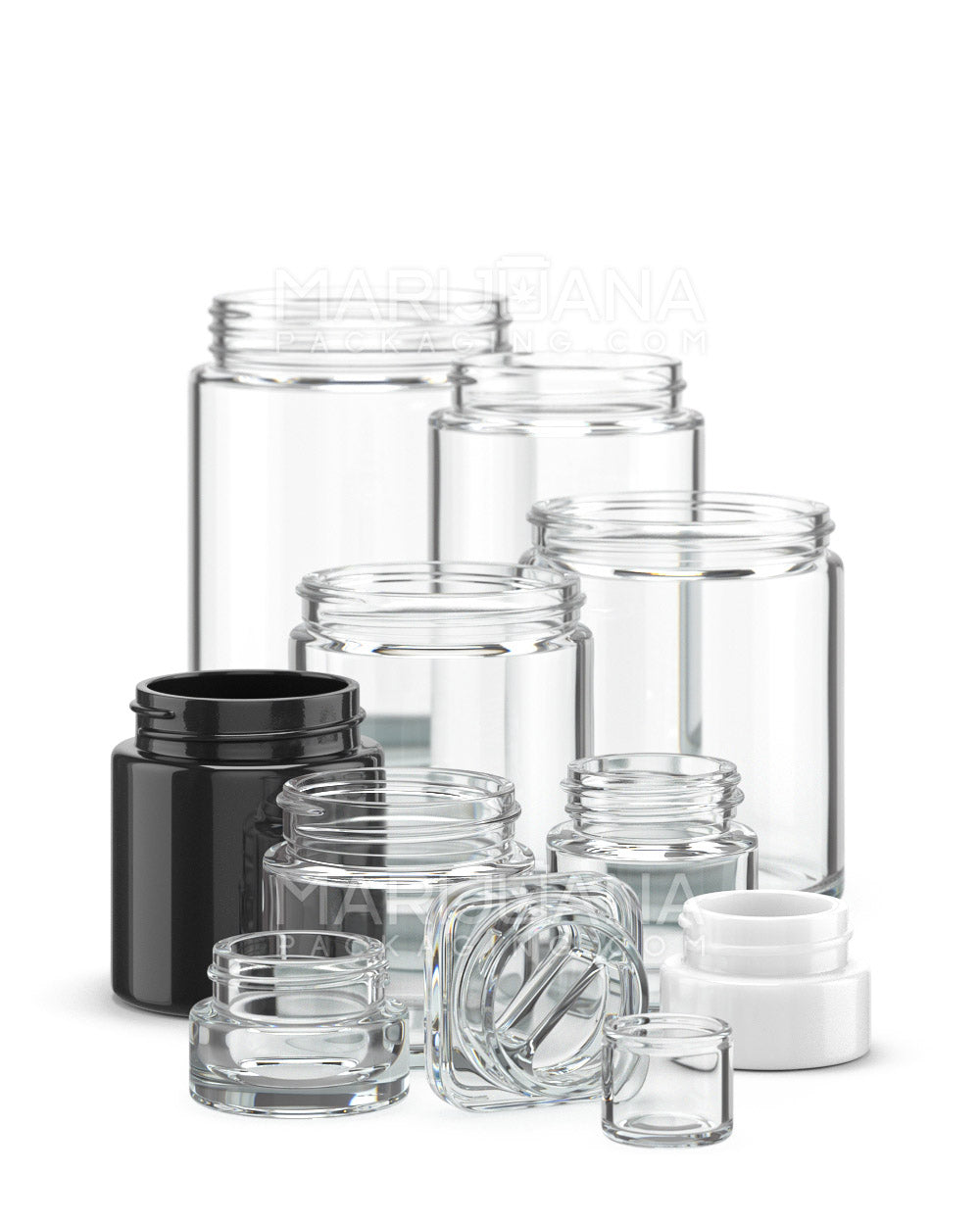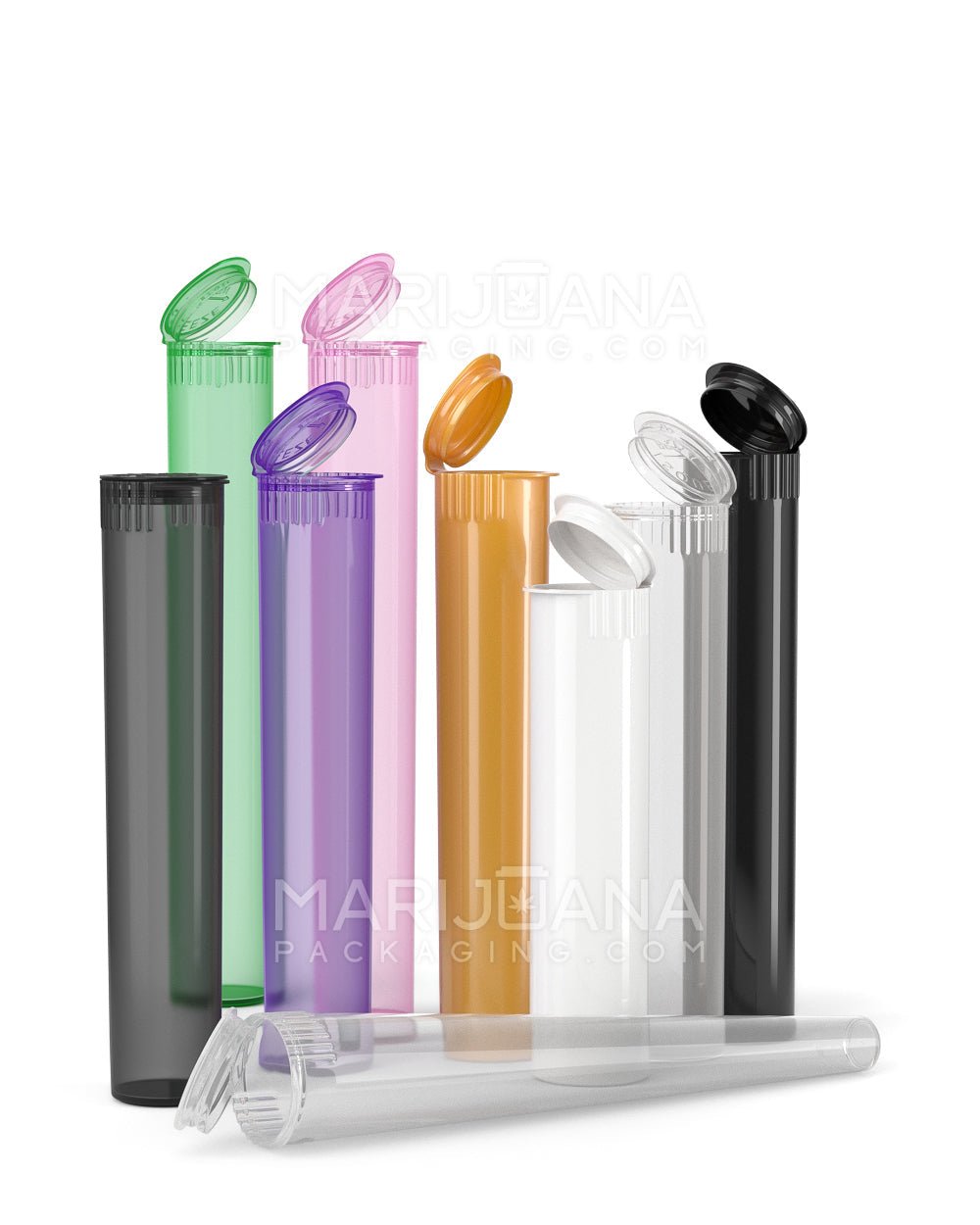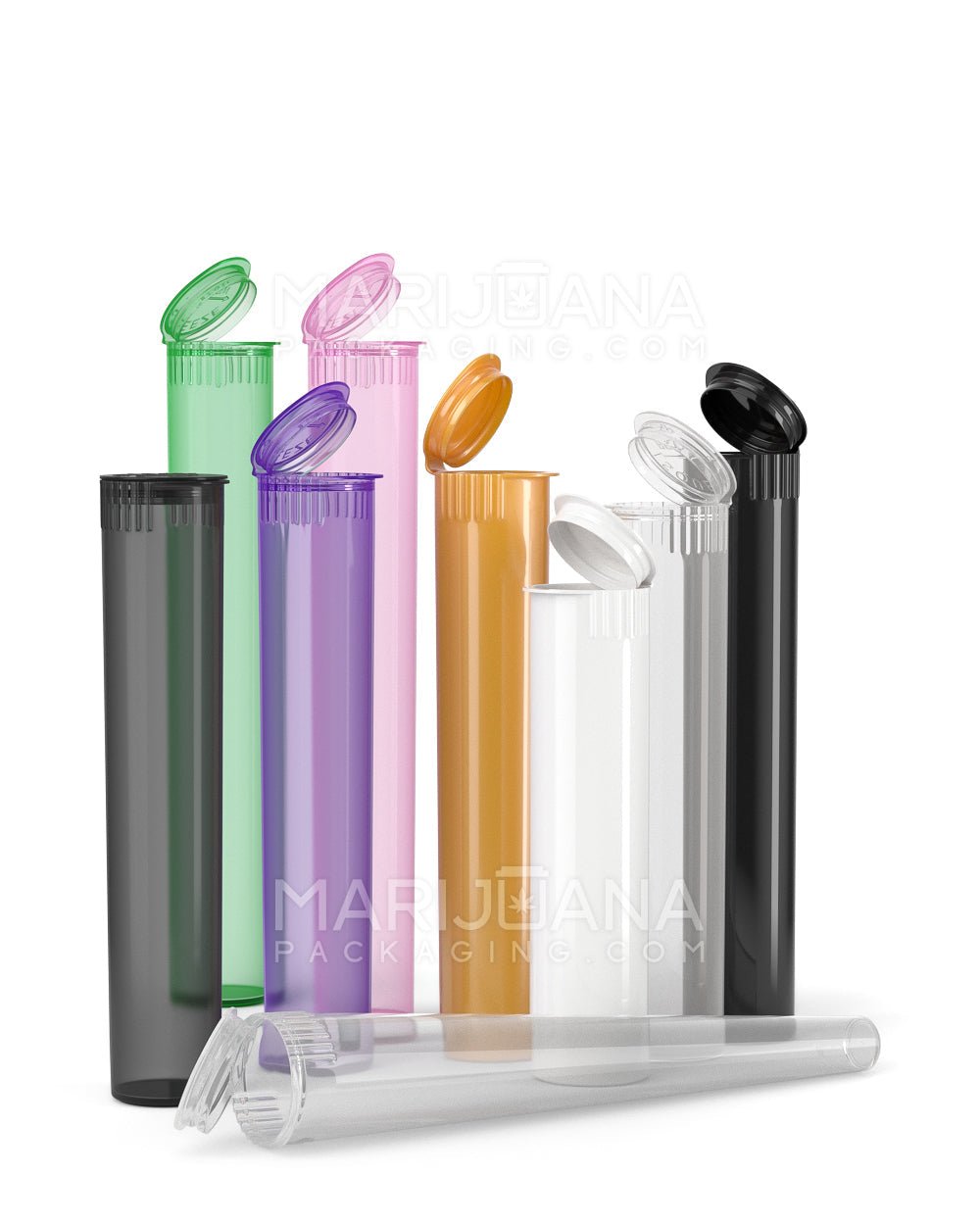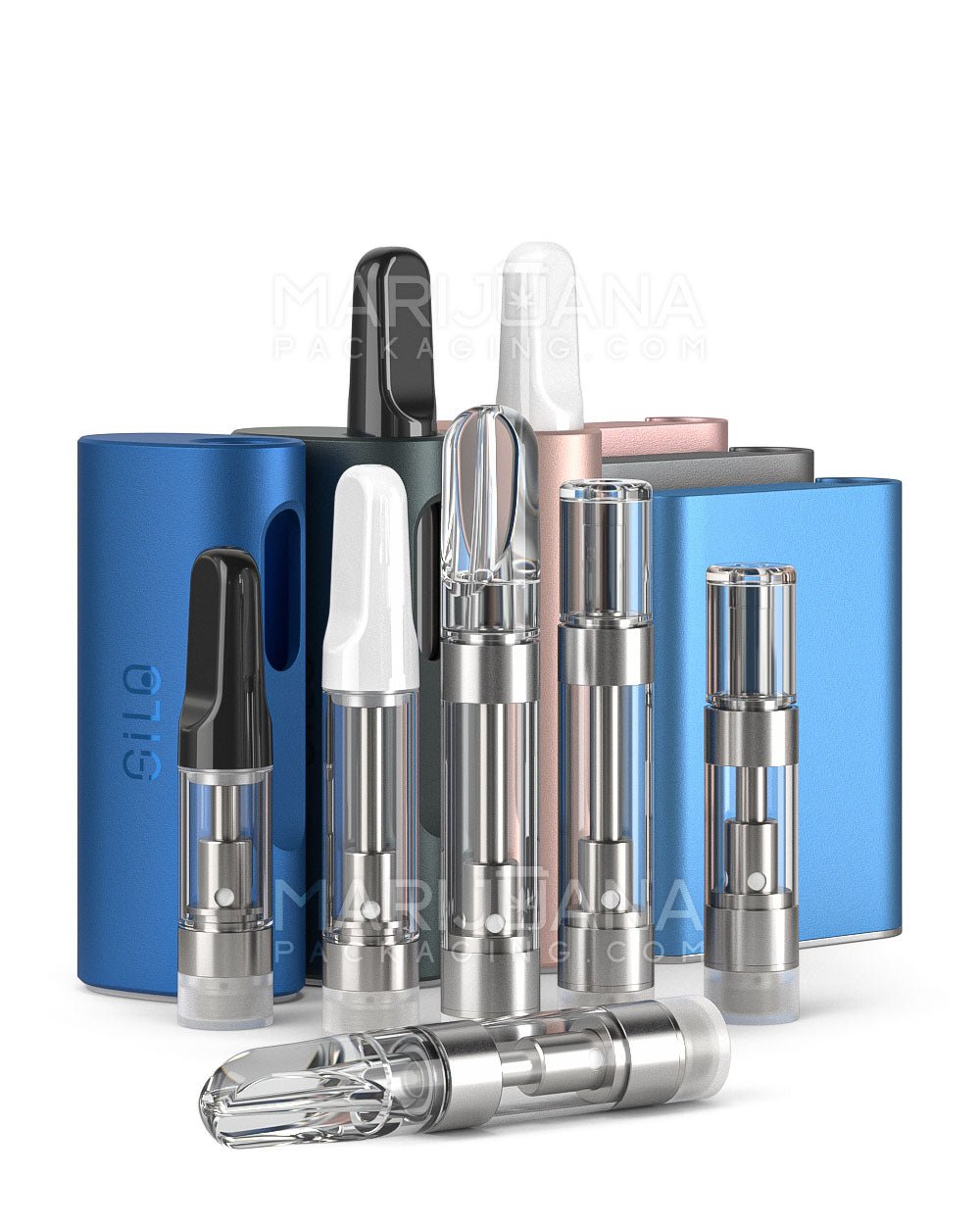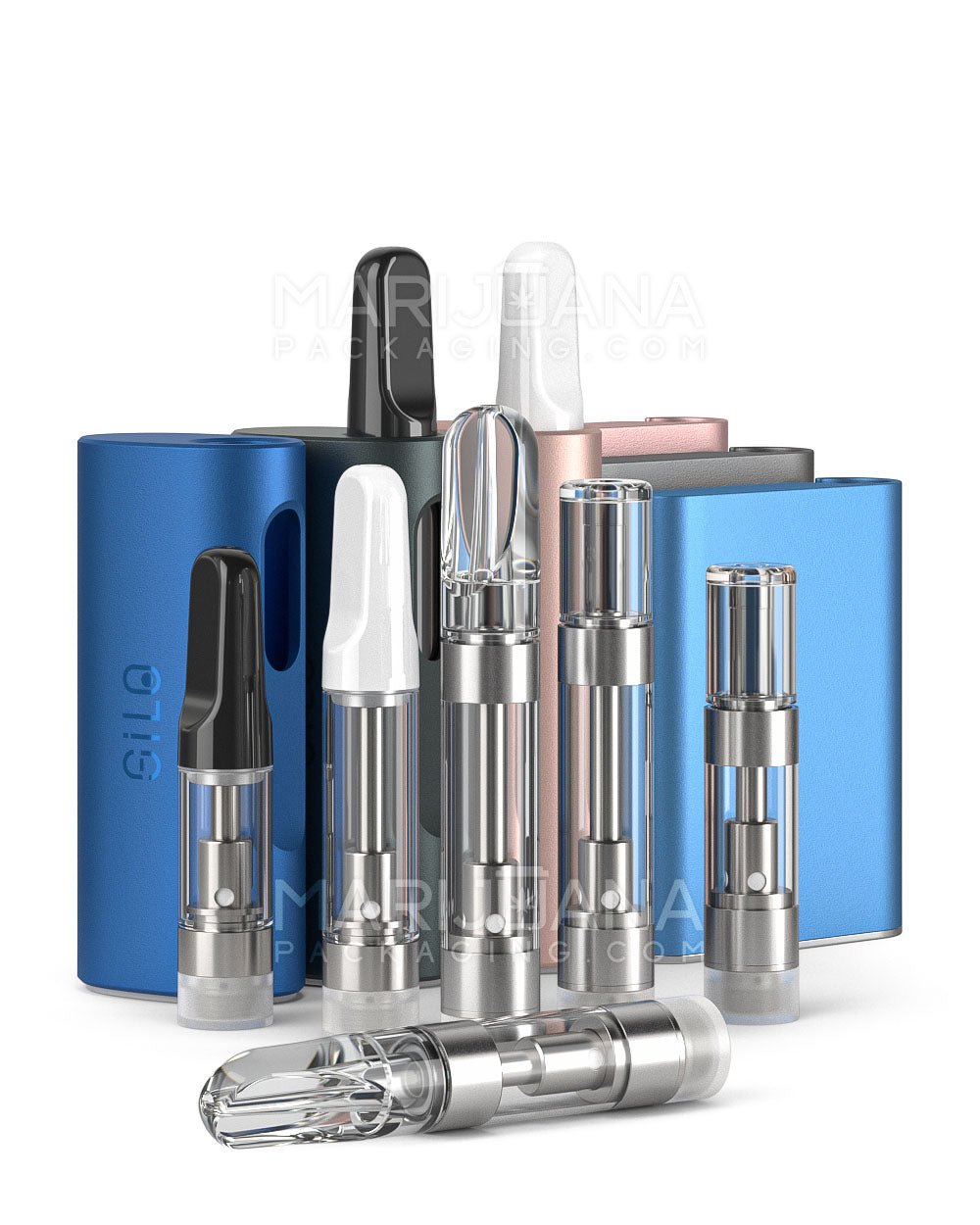Owning a marijuana dispensary can seem like a dream come true for many cannabis enthusiasts and entrepreneurs. However, it's important to understand the costs involved before diving into this venture. From licensing fees to real estate expenses, there's a lot to consider in terms of financial commitment.
This article breaks down the various costs associated with owning a dispensary. We'll look at everything from initial setup costs to ongoing operational expenses, providing a comprehensive overview to help you make informed decisions. Whether you're just curious or seriously considering opening a dispensary, this guide will help you understand the financial landscape of the cannabis retail business.
Initial Licensing and Legal Fees
When it comes to opening a dispensary, one of the first hurdles is obtaining the necessary licenses. These licenses vary by state and can be quite expensive. For instance, some states require a non-refundable application fee, which can range from a few hundred to several thousand dollars. California, for example, charges a license fee based on the anticipated annual gross revenue of the business, which can range from $4,000 to $120,000.
Besides the application fee, there are often annual renewal fees that must be paid to keep the license active. These can also vary, but they are typically less than the initial application costs. It’s worth noting that some states have a cap on the number of licenses they issue, making the process competitive and sometimes costly in terms of legal fees and consulting services to ensure your application stands out.
Speaking of legal fees, hiring a lawyer who specializes in cannabis law is usually a good idea. They can help navigate the often-confusing regulations and ensure that all paperwork is submitted correctly. Legal fees can add several thousand dollars to your startup costs, but they are crucial for avoiding costly mistakes.
Real Estate and Location Costs
Finding the right location for your dispensary is another significant expense. Not only do you need a place that's accessible and visible to attract customers, but you also need to comply with local zoning laws. Many areas have strict rules about where dispensaries can be located, often requiring them to be a certain distance from schools or residential neighborhoods.
Real estate costs can vary greatly depending on the location. Urban areas tend to be more expensive, but they also offer a larger customer base. On average, you might expect to pay between $50,000 and $100,000 annually for a rental property, though prices can be lower or higher depending on the area.
If buying property is part of your plan, you can expect to pay significantly more upfront but may save on long-term rental costs. Either way, these costs are a significant part of your initial budget and should be planned for carefully. Don’t forget to budget for property improvements and renovations to make your space compliant and appealing to customers.
Build-Out and Renovation Expenses
Once you have a location, the next step is turning it into a functional and appealing dispensary. This means construction and renovations, which can quickly add up. The cost will depend on the current condition of the property, the size of the space, and the extent of the changes needed.
Typical renovations might include adding security features like cameras and reinforced doors, installing shelving and display cases, and creating a welcoming customer area. These can cost anywhere from $50,000 to $150,000, depending on the scope and quality of the work.
It’s also important to consider the cost of meeting local compliance requirements, which might include specific ventilation systems or ADA (Americans with Disabilities Act) compliance upgrades. Hiring a contractor with experience in building out dispensaries can be invaluable, as they’ll be familiar with the unique needs and regulations of the cannabis industry.
Inventory Costs
Stocking your dispensary with products is another major expense. The cost of inventory will vary depending on the type and amount of products you choose to carry. You’ll need to decide on a mix of flowers, edibles, concentrates, and possibly accessories, each coming with its own price range.
On average, dispensaries spend between $100,000 and $200,000 on initial inventory. This cost can fluctuate based on the size of your operation and the variety of products you offer. It’s important to have a good relationship with suppliers to negotiate the best possible prices and ensure a steady supply of products.
Additionally, staying compliant with testing and quality assurance standards is essential. Some states require that cannabis products be tested for potency and contaminants, which can add to your inventory costs. Budgeting for these expenses will help keep your operations smooth and compliant.
Staffing and Payroll
Running a dispensary is not a one-person job. You’ll need a team to handle everything from customer service to inventory management. The number of employees you need will depend on the size of your dispensary and the volume of customers you expect to serve.
Employee salaries and benefits are ongoing expenses that you’ll need to account for in your budget. On average, you might spend between $250,000 and $500,000 annually on payroll, depending on the size of your staff and the wages you choose to offer. This includes not just salaries, but also benefits like health insurance and retirement plans, which can help attract and retain quality employees.
Training is another important consideration. Employees need to be knowledgeable about cannabis products and the regulations surrounding them. Investing in training ensures your staff can provide excellent customer service and maintain compliance with state laws.
Marketing and Advertising
Attracting customers to your dispensary requires a solid marketing strategy. However, marketing cannabis comes with its own set of challenges due to restrictions on advertising in many states. Traditional advertising methods like TV and radio commercials might not be an option, so you’ll need to get creative.
Digital marketing, social media, and community events are often effective ways to reach potential customers. Building a robust online presence through a website and social media can help attract attention. Of course, these efforts require time and money. You might spend anywhere from $10,000 to $100,000 annually on marketing, depending on the scale of your campaigns.
Word of mouth can also be helpful. Building relationships with local businesses and getting involved in the community can drive customers to your door. Offering promotions, loyalty programs, or referral discounts can encourage repeat business and new customer acquisition.
Insurance and Security
Insurance is another necessary cost for dispensary owners. Policies can cover a range of risks, including property damage, product liability, and employee injuries. Insurance premiums can vary, but you might expect to pay between $5,000 and $20,000 annually, depending on the level of coverage you choose.
Security is another significant expense. Given the nature of the business, dispensaries are often targets for theft, so robust security measures are essential. This might include security cameras, alarm systems, and on-site security personnel. Investing in a good security system can cost anywhere from $10,000 to $50,000 initially, with ongoing costs for monitoring and maintenance.
Having a solid security plan not only protects your assets but also complies with state regulations, which often include specific security requirements for cannabis businesses.
Ongoing Operational Expenses
Beyond the initial costs, there are ongoing operational expenses to consider. These include utilities, rent, and general maintenance. Utilities like electricity and water are necessary for day-to-day operations and can add up, especially if you have a large space or require additional lighting and ventilation for product storage.
Rent is a recurring cost that will depend on your lease agreement. It's important to negotiate favorable terms to ensure sustainability. Maintenance costs can include everything from cleaning services to repair work and should be budgeted for to avoid unexpected expenses.
Additionally, consider the cost of software and technology solutions for managing sales, inventory, and compliance. These systems are essential for efficient operations and can require ongoing subscriptions or licensing fees.
Taxes and Compliance Costs
Last but not least, taxes and compliance fees are a big part of the dispensary cost structure. Cannabis businesses are subject to federal, state, and local taxes, which can be quite high. For example, the federal government imposes a tax under IRS Code 280E, which disallows standard business deductions, significantly increasing taxable income.
State taxes also vary. Some states, like California, have high cannabis taxes that can include excise taxes, cultivation taxes, and sales taxes, all of which impact your bottom line. Ensuring compliance with these taxes is crucial to avoid penalties and fines.
Compliance costs also include fees for regular inspections and audits required by state and local governments. These can add to your operational expenses but are necessary for maintaining your license and operating legally.
Final Thoughts
Owning a dispensary involves significant financial commitments, from initial licensing to ongoing operational expenses. Understanding these costs can help you plan effectively and set a realistic budget for your business venture. While the expenses might seem daunting, they are an essential part of running a successful dispensary.
When it comes to packaging needs, Gamut offers a full spectrum of solutions tailored to the cannabis industry. With over a decade of expertise, they provide everything from design to delivery, ensuring your brand stands out in the market. Whether you're in need of stock options or custom designs, Gamut runs the gamut to meet your packaging needs, making your brand unforgettable.











